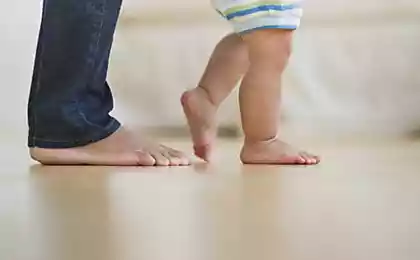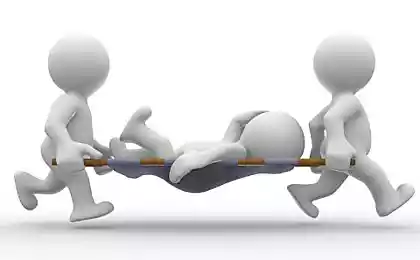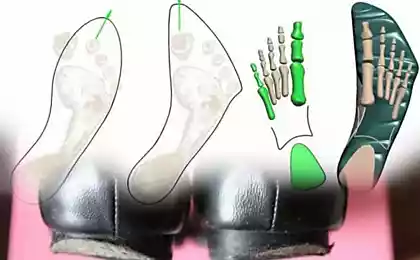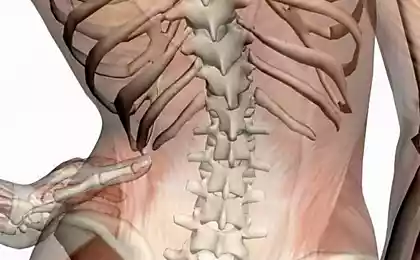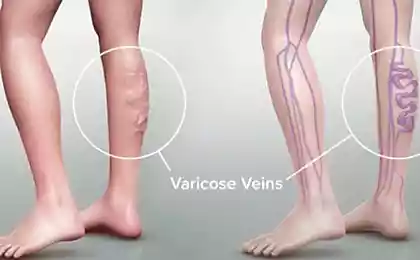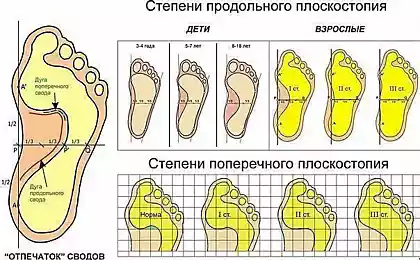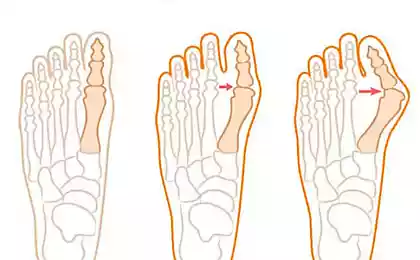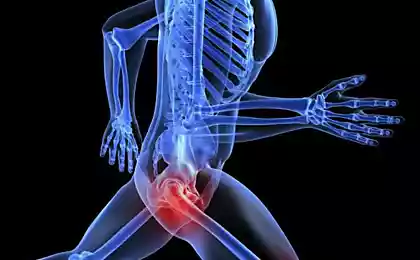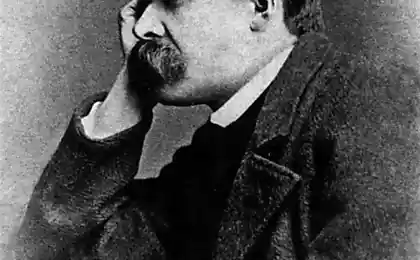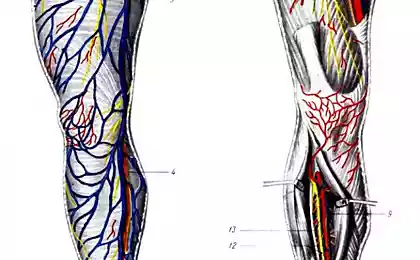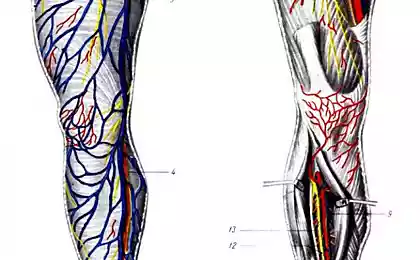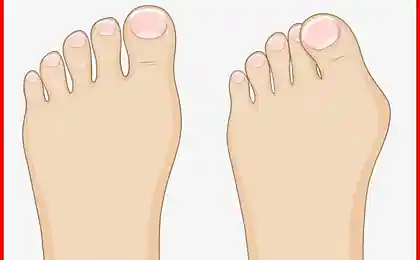293
Your feet as an indicator of health and youth of the body
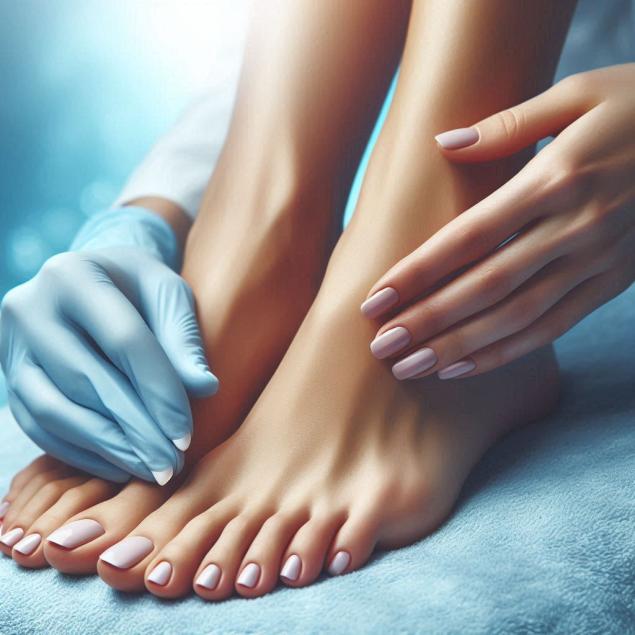
In the world of modern medicine, more and more attention is paid to an integrated approach to human health. And while we often focus on the heart, brain, or immune system, there is a surprisingly accurate indicator of the overall health of the body that we literally carry with us every day: our feet. They are a kind of “mirror”, reflecting many internal processes occurring in the body.
Feet as a diagnostic tool
Experts in the field of medicine have long noticed that many systemic diseases of the body manifest themselves primarily through changes in the condition of the legs. This is because the feet are farthest from the heart, and any circulatory, metabolic, or immune system disorders often manifest here earlier than anywhere else.
Key changes in the legs that require attention:
- Swelling and severity - may indicate problems with the cardiovascular system, kidneys or venous insufficiency
- Changes in skin color Paleness can talk about anemia, cyanosis (cyanosis) - about problems with blood circulation
- Dryness and flaking can signal violations of the endocrine system
- Nail changes Fragileness, stratification, change in shape or color may indicate micronutrient deficiencies or systemic diseases
Diabetes and legs: early detection of dangerous symptoms
Diabetic foot is one of the serious complications of diabetes, which can lead to amputation of the limb in the absence of timely diagnosis and treatment. Interestingly, in some cases, changes in the legs become the first noticeable sign of developing diabetes.

Early signs of diabetic neuropathy:
- Numbness and tingling in the feet
- Reduced skin sensitivity
- The feeling of "crawling goosebumps"
- Burning, especially at night
- Muscle weakness in the legs
Youth begins with the feet: anti-aging practices
An amazing fact confirmed by gerontologists: the condition of the legs can be one of the biomarkers of general aging of the body. People with good leg joint mobility, elastic vessels and healthy foot skin statistically show lower rates of biological age.
Practices for maintaining youth through taking care of the feet:
- Contrast water procedures stimulate blood circulation and activate metabolic processes
- Self-massage stop affects reflexogenic zones associated with internal organs
- Special exercises for the feet Improve joint mobility and strengthen muscles
- Properly selected shoes - avoids deformities of the foot

Reflexology: Ancient Wisdom in Modern Interpretation
According to the ancient practices of oriental medicine, on the feet of a person there are projections of all internal organs and systems of the body. Modern scientific research confirms that targeted exposure to certain areas of the feet can indeed have a positive effect on the functioning of the relevant organs.
Key reflexogenic zones on the feet:
- Finger pads associated with the brain and sinuses
- Foot vault center projection of the solar plexus and diaphragm
- Inside of the foot - related to the spine
- Heel. - projection of the pelvic organs and lower intestines
A simple technique of self-massage feet:
- Sit in a comfortable position, putting your foot on the knee of the opposite leg.
- Apply a small amount of oil or cream to your foot
- Start with a light kneading of the entire foot with your thumbs
- Pay special attention to the vault of the foot, massaging it with circular movements
- Finish with stroking movements from fingers to ankle
Vascular gymnastics for the legs: the way to longevity
Effective set of exercises for leg vessels:
- "Scissors." Lying on your back, raise your legs and make cross movements
- "Bike" - imitation of cycling in a prone position
- "Birch" - lifting the legs up against the wall with a delay of 1-3 minutes
- "Foot swing" - alternate lifting of heels and socks
“The state of the microvascular bed in the lower extremities can be considered as one of the most accurate biomarkers of human vascular age,” according to a study by the Institute of Gerontology.
Practical recommendations for maintaining leg health
What should alert you:
- Permanent swelling of the legs, not passing after night rest
- Severe vein expansion, especially accompanied by pain
- Change in skin color of the feet (paleness, bluishness, redness)
- Sensitivity disorder or numbness
- The appearance of cracks, sores, not healing wounds
- Deformity of the foot or change in the shape of the fingers
Conclusion
Our feet are a surprisingly accurate indicator of the general condition of the body. Careful attitude to the condition of the lower extremities, regular use of preventive measures and timely contact with specialists in the detection of alarming symptoms can not only preserve the health of the legs, but also prolong the youth of the whole body. Modern medical science increasingly confirms the well-known wisdom: “Man’s health is in his feet.”
Glossary of terms
Bioimpedansometry
Diagnostic method based on the measurement of electrical resistance of body tissues, allowing to assess the composition of the body and the distribution of fluid.
Diabetic neuropathy
The defeat of the nervous system in diabetes, characterized by a violation of the sensitivity and functions of the nerves, especially in the limbs.
Venous insufficiency
The pathological state of the venous system, in which the outflow of blood from the periphery to the heart is disturbed, which leads to stagnation of blood in the veins.
microcirculatory
The system of the smallest blood vessels (capillaries, arterioles, venules), providing metabolism between blood and tissues.
reflexogenic zones
Areas of the skin associated with certain internal organs through nerve endings, the impact on which affects the functioning of the relevant organs.
